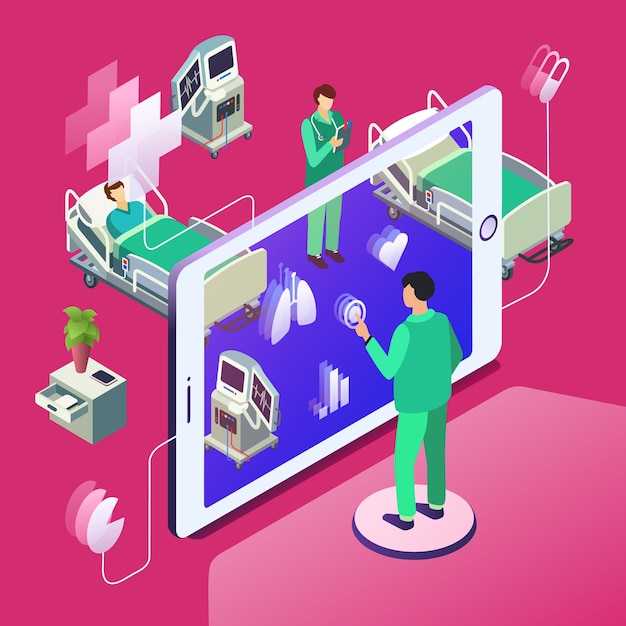
Medical devices have certainly come a long way, playing a pivotal role in how we administer healthcare and improve patient outcomes. This sweeping transformation has been fueled by relentless innovation, tech advancements, and an ever-deepening understanding of our bodies. We’ll be looking at the incredible journey of these nifty devices, from their humble beginnings to their indispensable place in today’s healthcare landscape.
Here’s a trip down memory lane: remember your last doctor’s visit? You probably noticed how many gadgets are involved in diagnosing and treating any disease. But it wasn’t always like that. The first medical devices were invented thousands of years ago – simple tools used by ancient civilizations to keep people in good health. Picture surgical needles and scalpels, very similar to the ones used today.
It wasn’t until the Middle Ages, however, that real advancements were seen. Pioneers like Avicenna and Galen were making groundbreaking discoveries about the human body, paving the way for entirely new techniques and cutting-edge equipment. Tools like microscopes and stethoscopes made their debut, completely revolutionizing the medical world.
Fast forward to the 20th century, and we witnessed an incredible acceleration in medical devices’ evolution—thanks to quick strides in research, technology, and production. Diagnosing and managing illnesses was forever changed by the development of the X-ray machine. Today, modern medical machines, like MRI scanners and even robotic surgery systems, have ushered in an era of precision healthcare and significantly improved patient outcomes.
Now, medical devices are so deeply integrated into healthcare that we can’t possibly imagine it without them. They play a huge role in just about everything – monitoring patients, helping them recover, diagnosing and treating all sorts of illnesses, and so much more.
Now, what about making these medical devices? With the increasing complexity, manufacturers are turning to state-of-the-art solutions to streamline their process and ensure they are up to par with regulations. Enter ERP software for medical devices. This software unifies every aspect of the manufacturing process, from quality assurance to inventory control. It’s a real time-saver, bolstering productivity, cutting costs, and enhancing product quality.
Making the leap from the production line to a healthcare setting takes careful planning. Doctors, techies, and admins alike have to work together to get it right. Choosing the right tools, training staff to handle them, and integrating them into existing healthcare systems is crucial.
Keeping up with regulatory standards is also paramount for healthcare providers. They need to ensure that their medical equipment is effective, safe, and high-quality. ERP software for medical devices can be real time-saver here, simplifying the whole process and helping hospitals deliver top-notch patient care.
As we continue marching into the future, we face several challenges while seeing incredible opportunities for new, innovative strides in medical technology. As our gear becomes more advanced, cybersecurity is a major concern. Wearable tech and customized treatment inventions also put us on the cusp of a medical technology revolution.
In closing, medical devices have come a long way from their humble beginnings to crucial everyday tools. With unstoppable tech growth and constant innovations hitting the market, these devices offer limitless ways to better patient care and healthcare delivery. As long as we keep innovating and don’t shy away from new technologies, we’re set to continue this exciting journey and keep pushing the frontiers of healthcare.






